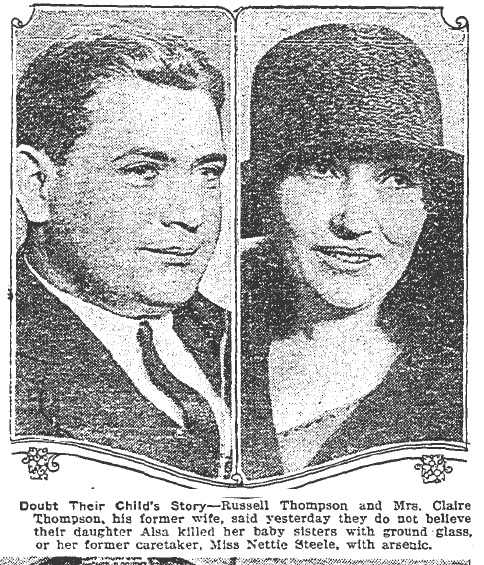Bernice Lundstrom of Chicago had done a lot of living in her 20 short years. On Valentine’s Day 1923, she eloped with Howard Fish, a member of a wealthy Chicago family. The couple had been hasty, and the marriage disintegrated. By September 1924, Bernice got a divorce and restoration of her maiden name. She was ready to find a new marriage-minded Windy City millionaire.

She turned her attention to Darby Day, Jr., son of a moneyed Chicago family. Following her divorce from Fish, Bernice and Darby wed. Darby Sr. gave the newlyweds a trip to New Orleans and Havana, and then installed them in an apartment.
Given the frigid temperatures in Chicago during winter, the newlyweds opted to move to California and buy a home in Beverly Hills. Soon afterward Bernice’s mother, Mrs. James E. Lundstrom, and her two other daughters, Carlyn and Dorothy, moved to Beverly Hills as well.
In early February 1924, the new Mrs. Day asked for a separate home. A strange request from a newlywed. Confused, Darby did not want to acquiesce to Bernice’s demand. She may have tried pouting and stomping her feet, but in the end, she told Darby if he didn’t buy her the home she wanted within two weeks, she would kill him. She didn’t follow through on the threat.
On February 23, Bernice upped the ante when she told Darby she took poison. If she would not kill him, maybe she’d teach him a lesson and kill herself. She made a show of taking tablets and, scared to death they were fatal, Darby ran into his mother’s room. Yes, Mrs. Day Sr. lived with the newlyweds. Mrs. Day Sr. asked Bernice what she’d taken and said she’d phone for a doctor.
Bernice told her mother-in-law not to worry, she’d taken a few aspirin because she wanted to frighten Darby. Then she got up and ran out of the house. Darby’s employer ran her to ground. He said he prevented Bernice from hurling herself off a cliff.
After a busy day of attempted suicides, Bernice appeared to have recovered her senses because Darby bumped into her later that night at a dinner party where they made up. At least for a few hours. By the next day, Bernice had gone again. She had errands to run, and one of them was a felony.

Bernice and her sister Carlyn stopped in at the Baldridge Drug Store at Sixth and Western and asked a clerk, W.J. Bowman, for a chemical that would remove warts. Bowman suggested nitric acid and told the young women that 15 cents worth ought to do the trick. The women bought 25 cents’ worth instead. Bernice gave her name as Mrs. K. Lane, 514 Manhattan Place, which Bowman entered in the poison register.

While Carlyn waited in the car, Bernice knocked on the front door of the Beverly Hills home. Mrs. Day Sr. answered the door.
Bernice said, “I want to see Darby.”
“You can’t come in. Not after the way you’ve acted.” Her mother-in-law responded.
Darby overheard the exchanged.
“Oh, let her come in, Mother.” Darby shouted as he rushed to the door.
Bernice took Darby by his arm and lead him down the driveway. She said, “I want to speak to you, honey.”
Bernice had driven to the home with her sister, Carlyn Lundstrom. As Bernice and Darby walked toward the car, Carlyn drove away.
Darby asked where Carlyn was going. Bernice said, “I don’t know. Let’s chase her.”
Darby jumped into his own car, and as he leaned over to shift the gears, Bernice flung the contents of a two-ounce bottle of nitric acid in his face.
Darby screamed.
Bernice burst into tears. She got out of Darby’s car. Her sister’s car slowed down, and she got in and took the wheel.
Henry Gale of the Beverly Hills police force, heard Darby’s cries for help, and saw Carlyn’s car speed away toward Los Angeles. On the way back to the city, Bernice drank poison.
As the sisters made their escape, Bernice’s mother-in-law called the police.
The search was on for the Acid Bride.
NEXT TIME — The Acid Bride’s story continues.


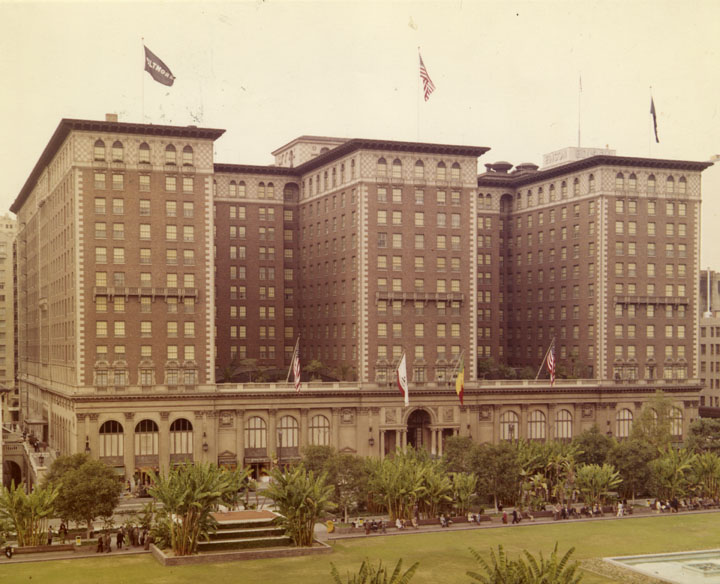



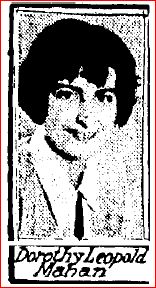
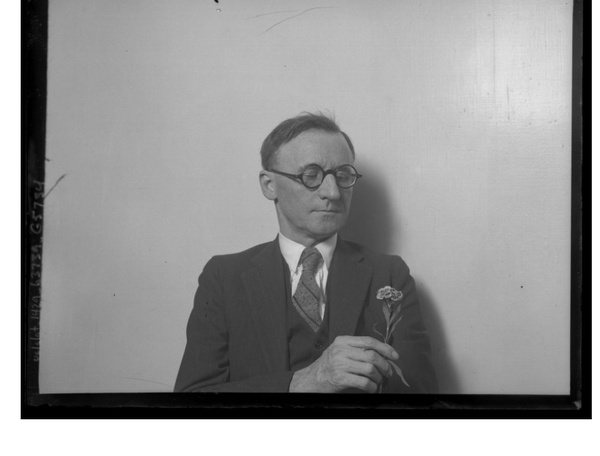








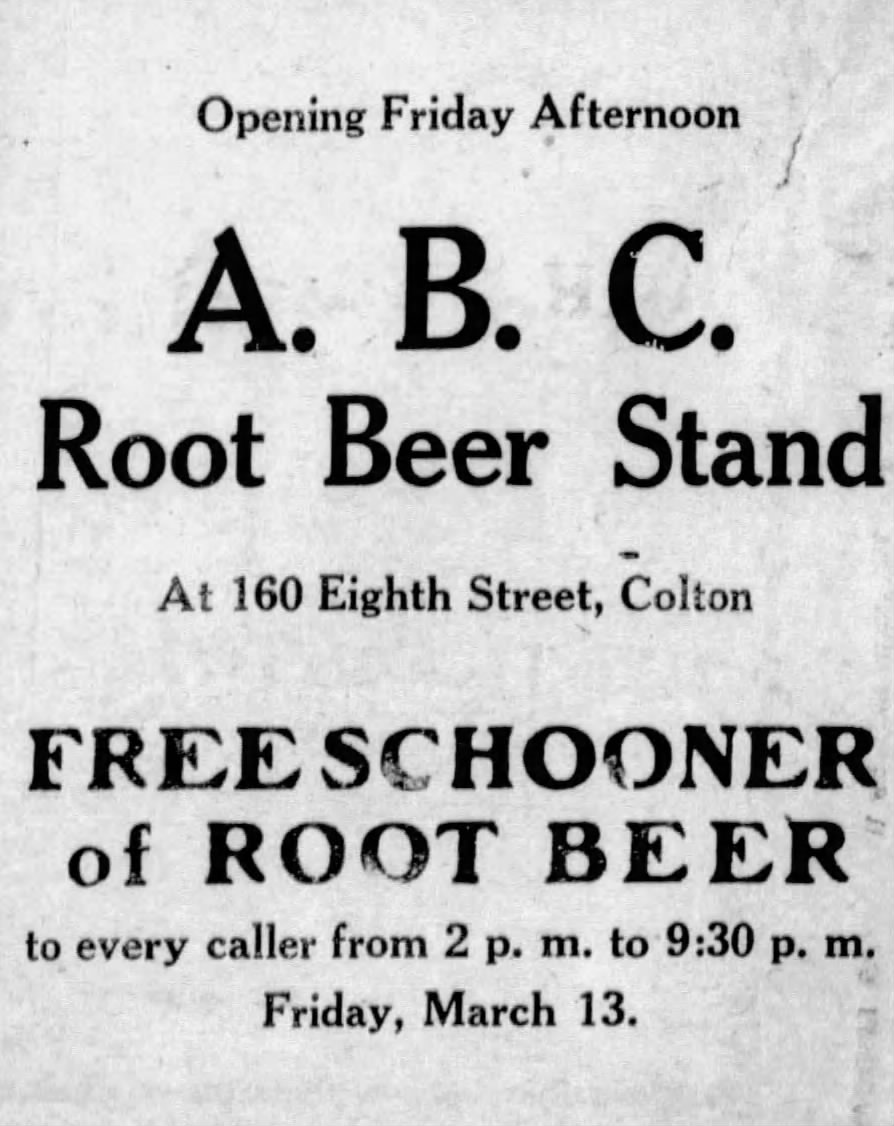



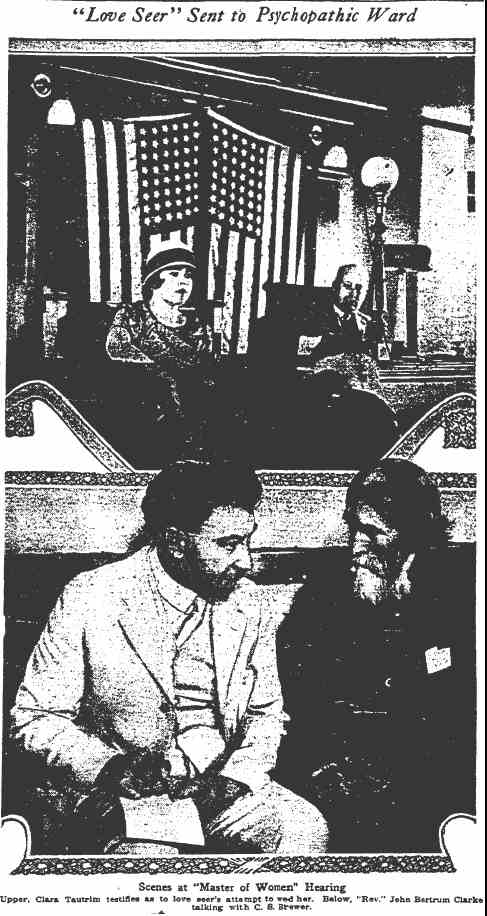 him in all sorts of schemes, most of which smacked of extortion. The cops thought that the scams were primarily small ones, until they uncovered evidence that John was attempting to merge several cults into a “spiritualist trust”. Among the plans he had for the trust were: Mexican distilleries, deals in bat guano, and investments in copper mines and oil stocks. He planned to operate the trust out of a home offered for sale by Mrs. Dorothy Parry. John represented himself to Dorothy as the agent for a purchaser who could afford the asking price of $70,000 (equivalent to nearly $10M in 2016 dollars). But rather than putting Dorothy together with a buyer, John bombarded her with letters and poems. Dorothy told investigators: “The man’s persistence was so annoying that I had to move and asked my hotel not to give my forwarding address. But somehow Clarke managed to obtain it and followed me to this address. As the result of his visits I have been afraid to answer the door bell or go to the telephone.”
him in all sorts of schemes, most of which smacked of extortion. The cops thought that the scams were primarily small ones, until they uncovered evidence that John was attempting to merge several cults into a “spiritualist trust”. Among the plans he had for the trust were: Mexican distilleries, deals in bat guano, and investments in copper mines and oil stocks. He planned to operate the trust out of a home offered for sale by Mrs. Dorothy Parry. John represented himself to Dorothy as the agent for a purchaser who could afford the asking price of $70,000 (equivalent to nearly $10M in 2016 dollars). But rather than putting Dorothy together with a buyer, John bombarded her with letters and poems. Dorothy told investigators: “The man’s persistence was so annoying that I had to move and asked my hotel not to give my forwarding address. But somehow Clarke managed to obtain it and followed me to this address. As the result of his visits I have been afraid to answer the door bell or go to the telephone.” Soul contracts and shady real estate deals were bad enough, but what about the possibility that John had been involved in the suspicious deaths of two women with whom he had been involved?
Soul contracts and shady real estate deals were bad enough, but what about the possibility that John had been involved in the suspicious deaths of two women with whom he had been involved?
 On February 3, 1925 a bizarre story broke in the local news — it was alleged that seven year old Alsa Thompson had attempted to murder a family of four with a mixture of sulphuric acid and ant paste she had added to the evening meal. The intended victims tasted the food, but it was so awful they pushed their plates away.
On February 3, 1925 a bizarre story broke in the local news — it was alleged that seven year old Alsa Thompson had attempted to murder a family of four with a mixture of sulphuric acid and ant paste she had added to the evening meal. The intended victims tasted the food, but it was so awful they pushed their plates away.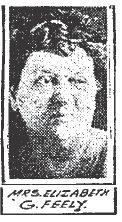 Alsa was taken by Policewoman Elizabeth Feeley to the Receiving Hospital where she was questioned by police and surgeons about the poisoning plot. The little girl cheerfully confessed that she had indeed attempted a quadruple homicide and that she’d done it because: “…I am so mean.”
Alsa was taken by Policewoman Elizabeth Feeley to the Receiving Hospital where she was questioned by police and surgeons about the poisoning plot. The little girl cheerfully confessed that she had indeed attempted a quadruple homicide and that she’d done it because: “…I am so mean.”